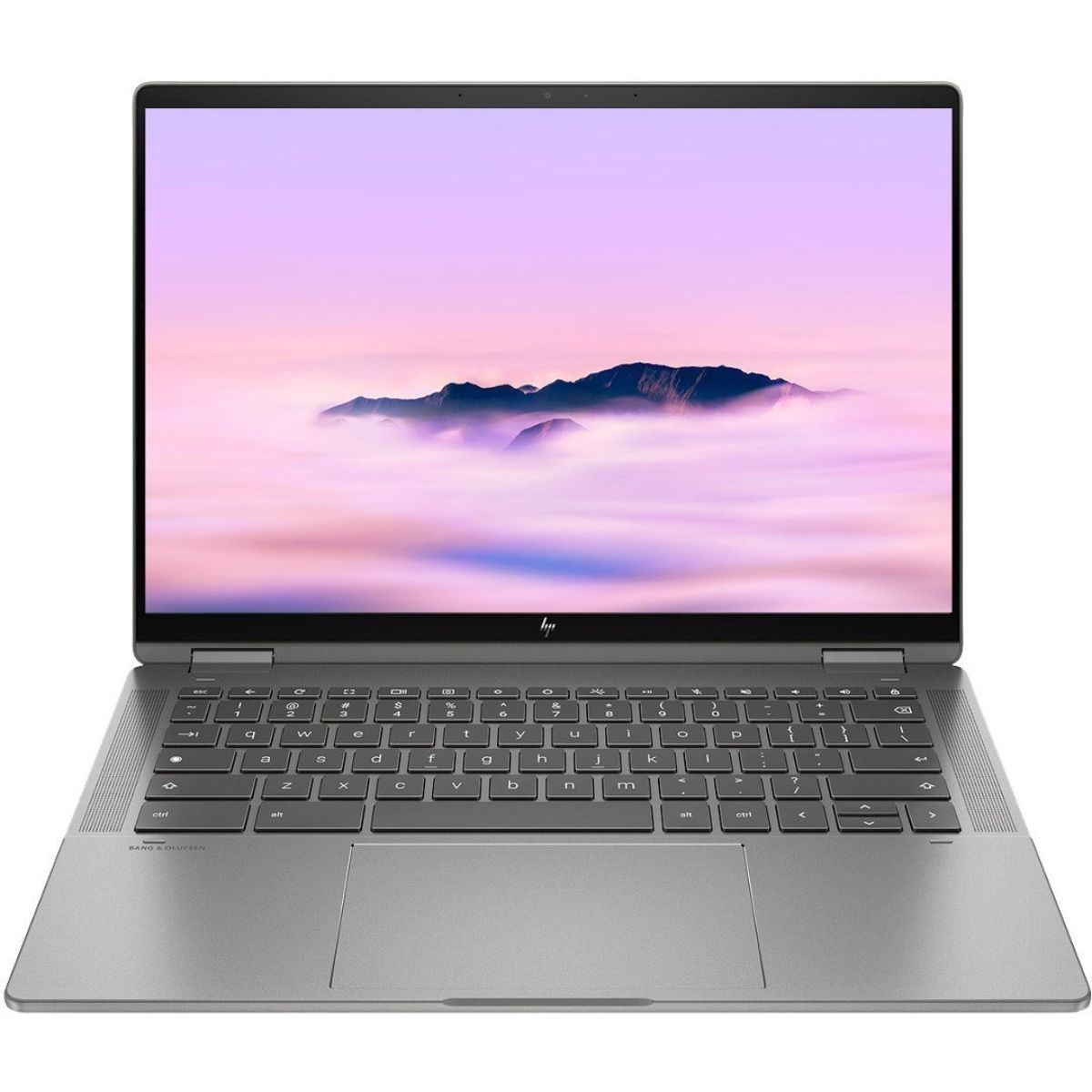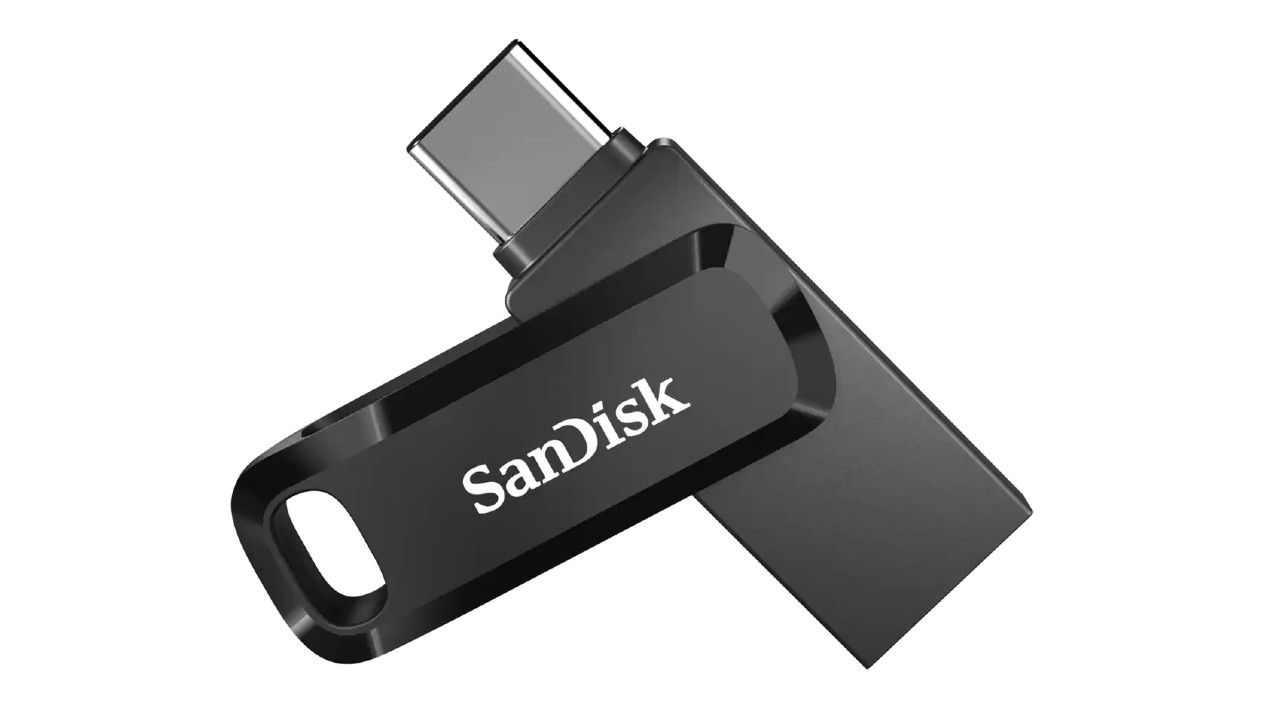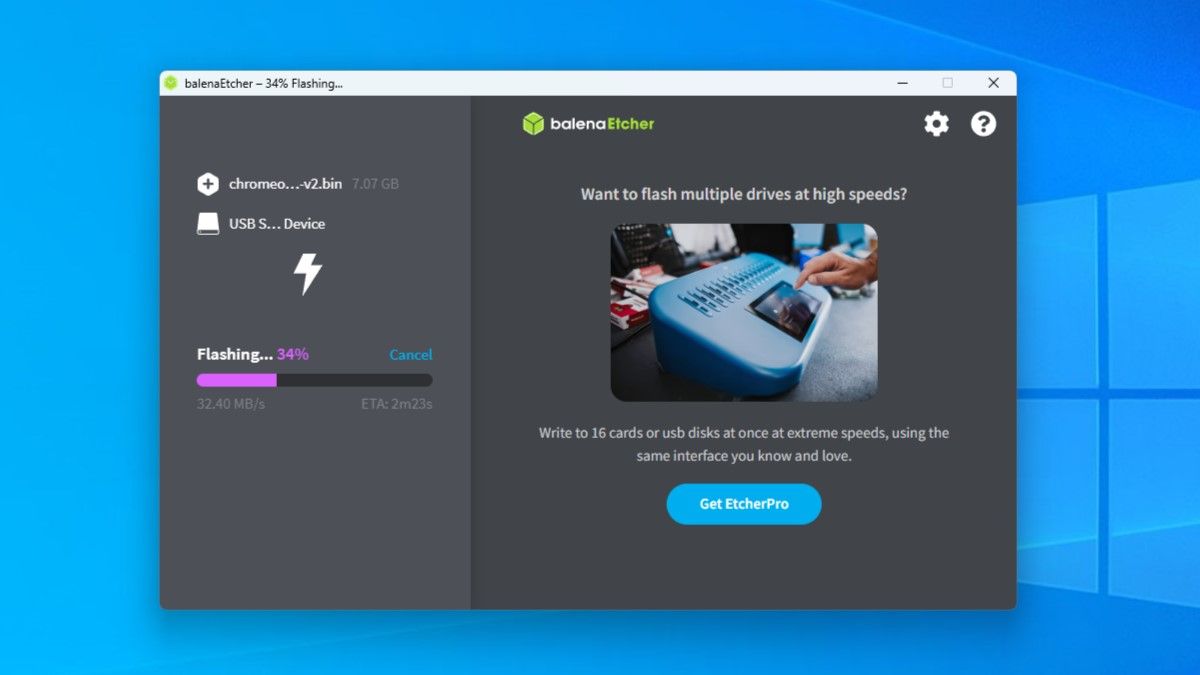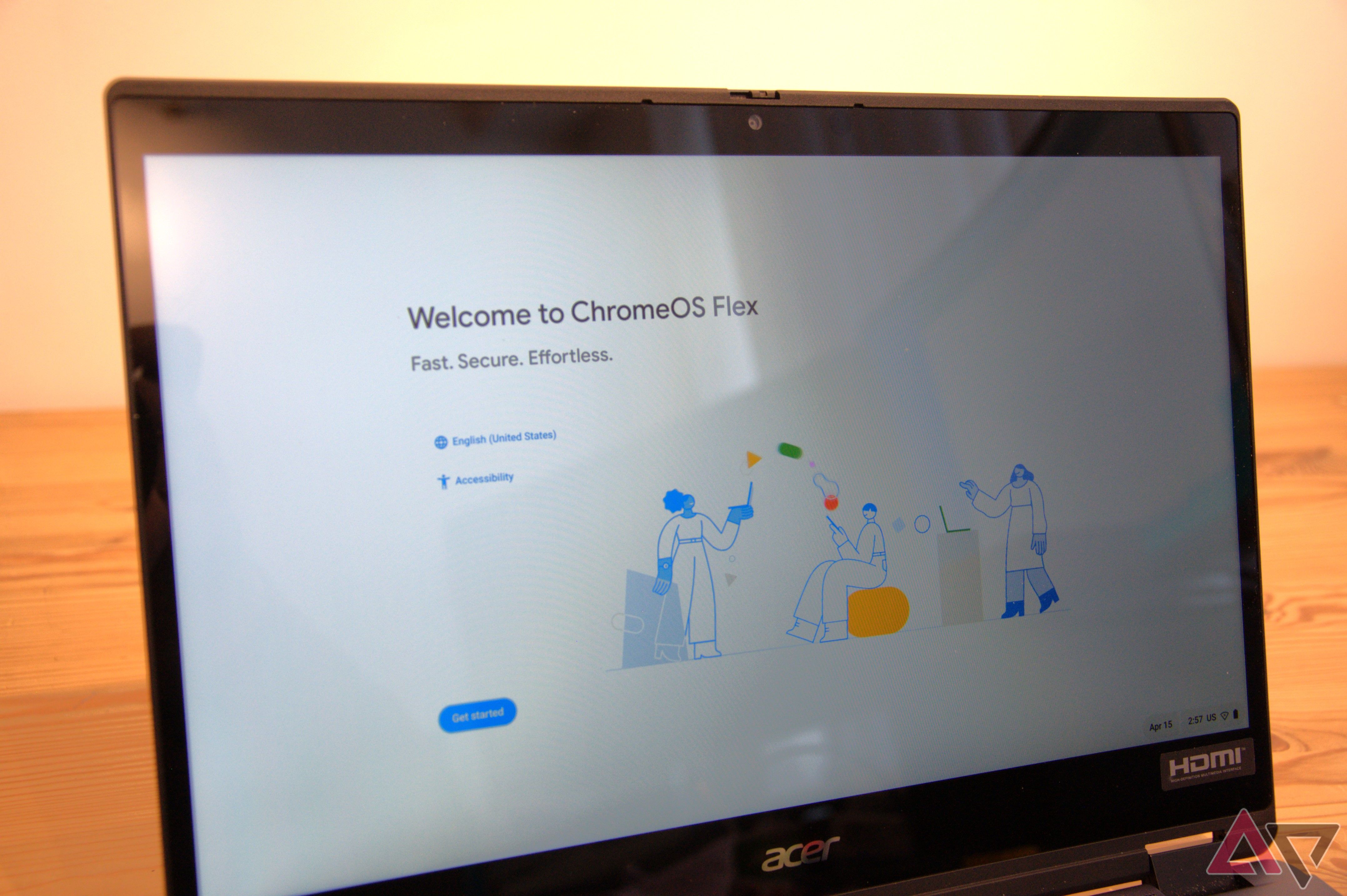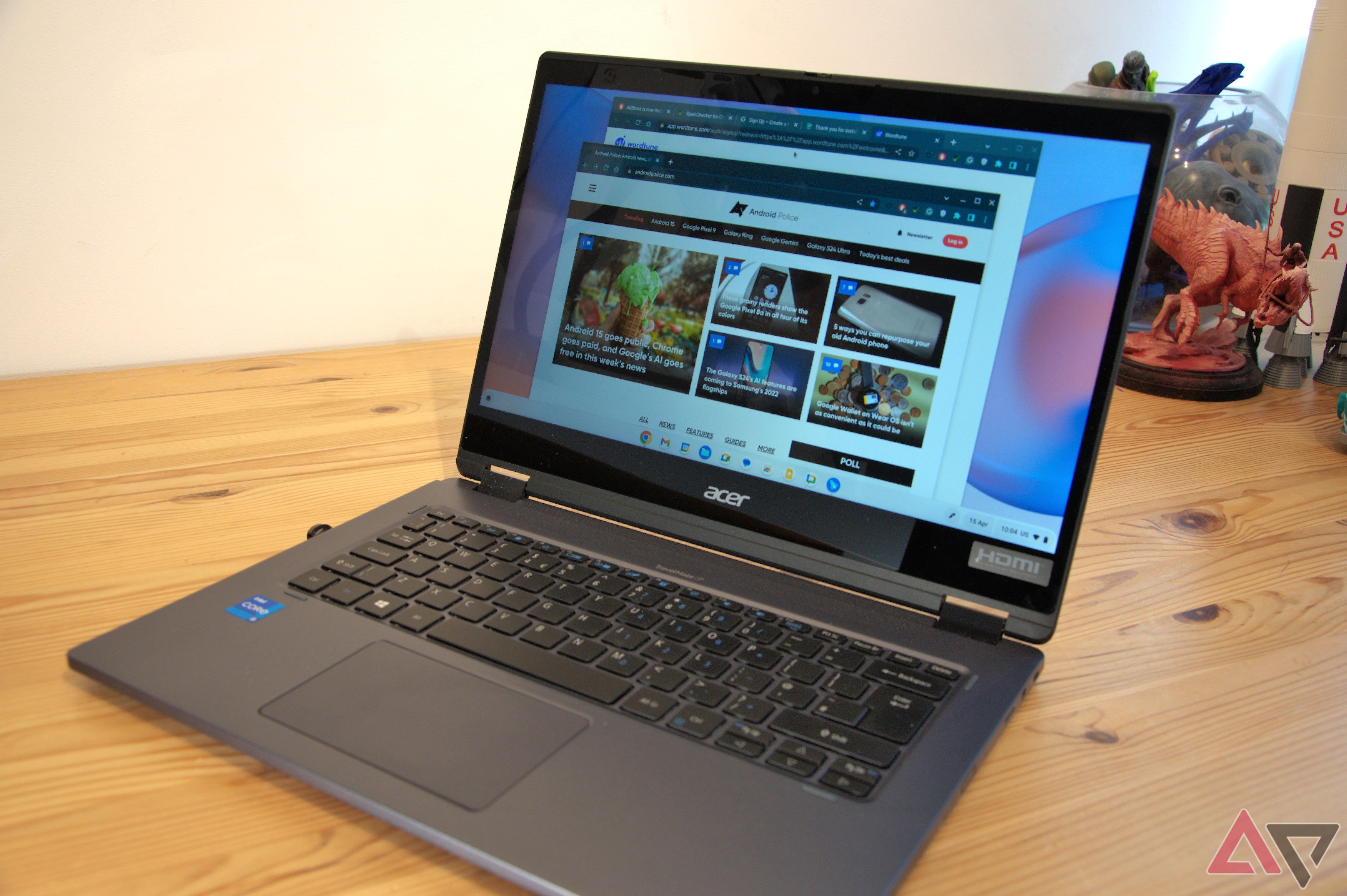To run ChromeOS, you must have a Chromebook, surely? Oddly, the answer is ‘no’ because ChromeOS is a derivative of Linux and will run on any platform that can handle that operating system. That includes, but is not exclusively limited to, ARM processors, like those used in phones and tablets. It will also run on Intel-based computers, including Windows-based PCs and older Apple hardware.
However, ChromeOS Flex, the user-installable version of ChromeOS, is limited to running on Intel or AMD x86-64 processors, and that would include most Windows machines made over the past decade. With the release of ChromeOS Flex, getting ChromeOS onto machines not built to host this operating system is relatively straightforward and offers numerous benefits.
But first, let’s delve into the systems can we install ChromeOS Flex on.
What do I need to run ChomeOS Flex?
To join this revolution, you will need a computer that meets the device requirements and a USB drive with at least 8GB
According to Google, the minimum device requirements:
- Architecture: Intel or AMD x86-64-bit compatible device (no 32-bit or ARM CPUs)
- RAM: 4 GB
- Internal storage: 16 GB
- Is bootable from USB drive
- BIOS: Full administrator access. You’ll need to boot from the ChromeOS Flex USB installer and make some adjustments in the BIOS if you run into issues.
- Processor and graphics: Components made before 2010 might result in a poor experience.
Intel GMA 500, 600, 3600, and 3650 graphics hardware do not meet ChromeOS Flex performance standards.
That’s a modest specification for a laptop or desktop system, even one that might be a decade old. There may be exceptions where specific hardware has an issue, but in general, any Intel or AMD system that can run Windows 8 64-bit or later should be good for loading up ChromeOS Flex.
What are the advantages and some of the caveats to turning a PC into a Chromebook or Chromebase?
What are the advantages and disadvantages of ChromeOS Flex?
A critical advantage is that a machine using ChromeOS Flex runs a modern operating system that gets regular updates
That might not be true of a host system running a no longer supported version of Windows, like Windows 7.
There are no paid license requirements for ChromeOS, so other than the time and effort required to switch over, it’s a cost-free exercise. However, it might also save you money by enabling you to keep older hardware going longer or provide a good user experience from a lower-specification machine bought recently.
For those familiar with the Chrome browser, transitioning to ChromeOS is relatively straightforward, and the Flex edition is almost identical to that installed on regular Chromebooks.
In conclusion, ChromeOS Flex is good for your wallet and the environment. It also makes sense for those who like to repurpose working hardware and don’t like complex operating systems that degrade over time. But is it all good news?
There are a few areas where ChromeOS doesn’t support the range of hardware that Windows offers. These include:
- Some Wi-Fi chipsets are currently not supported on ChromeOS Flex, including Intel AX210, Killer ax500 (also known as Qualcomm QCA3690) and the MediaTek Corp. MT7921 802.11ax.
- Internal speakers automatically mute while 1/8-inch headphones are plugged into devices, and the only way to unmute them is to remove the headphones.
- ChromeOS doesn’t support software RAID configurations created in the BIOS.
- When using multiple monitors, high-resolution displays at a resolution of 2560 by 1440p or greater might not be able to use mirror mode, even if extended mode works on the same monitor.
- Desktops with integrated Intel GPUs and a discrete GPU might not be able to output video from the expansion slot’s video output ports.
Therefore, unlike buying a Windows PC or Apple computer, there isn’t a 100% guarantee that ChromeOS will work with any computer or that functionality is complete. That said, on the vast majority, it works flawlessly.
How to run ChromeOS Flex on a PC
Before attempting any of the actions described below, be aware that overwriting your OS
Those without some computing skills should not attempt this, and even those with them need to accept that issues might arise that convert a working system into one that won’t function after trying to rewrite the operating system.> Warnings over, on with the fun!
The steps to running ChromeOS on a PC are straightforward. Here is a brief overview:
- Create install media using a computer and a USB key
- Set the system to boot from USB
- Boot the system with the USB key inserted
- Decide if you wish to try or install ChromeOS Flex
The first item you need to source is a USB key with at least 8GB capacity. We used SanDisk Ultra Fit branded modules that can be had for less than $8 for a 32GB capacity, but other brands will work.
The primary reason we chose this flash drive is that its small size makes it suitable for leaving attached to a laptop without concern that it might damage a port.
Once you have the USB key, you will need the ChromeOS Flex image or Boot Installer, as Google calls it, along with some software to write that to the flash drive and a system to perform the preparation.
The Boot Installer image can be found on Google here. Download it to your computer and place it in a folder where you can easily find it.
For a Windows PC, the software needed to write the installer is called Balena Etcher, and the latest version can be found on this website.
Be careful with the Etcher application, which writes the image to the USB key and not any other USB-attached storage, as that would erase the contents of that drive.
Once the image is successfully written, it can be inserted into the machine you’ve chosen to test or install, and the machine can be rebooted.
At this point, you need to go into the BIOS, and each system uses a hotkey to do so. PC makers don’t always use the same key, but Del, F2 and F12 are often used. If you are unsure, check the manufacturer’s documentation.
Some systems have a boot menu option that avoids entering the BIOS, so look for a message about that on the boot screen.
Once inside the BIOS settings, we must alter the boot controls, switching the first boot device from the internal drive to the USB key. Typically, you can make the internal drive the second choice so that it will boot from that if the bootable USB drive isn’t inserted.
With the boot sequence altered and saved, the machine can reboot and execute the Boot Installer image. This image offers the option of running from the key or installing ChromeOS Flex into the system.
Installing ChromeOS Flex into the system will overwrite the existing OS, so only do this if you are happy to erase Windows or whatever that computer was previously running.
All being well, the computer will act like a Chromebook or Chromebase from this point onwards. You can alter the BIOS back to how it was previously set, but it won’t make much difference if you remove the USB key.
Perhaps the first time you try this process, using an old laptop might be a good idea to get a feel for how it all works, but as technical exercises go, this is one of the more straightforward ones.
.jpg)
You can probably install Chrome OS Flex on your EOL Chromebook, much to Google’s chagrin
Yo dawg, I heard you liked Chrome OS…
Trying it out
For those who aren’t technical, zapping the operating system on a computer with another OS might be uncharted territory
If the machine is new, it also might have warranty implications.
Thankfully, the ChromeOS development team considered that jumping in with both feet by overwriting Windows or macOS on a machine might be too far for some. What they’ve done is to make it so that the USB key you create can run as a live version without installation.
This allows someone to explore what running ChromeOS on a particular machine is like without overwriting the hard drive (or SSD) and erasing Windows or macOS in the process.
While the OS won’t run or boot quite as well as a pure install, it will allow the system to give an impression of what it would be like to run ChromeOS all the time. It also enables the owner to check that the features of the laptop they most want to use, like the front-facing camera, will still work. A live USB is an easy way to ensure all your hardware works. Using one won’t invalidate any warranty, either, and switching back is purely a matter of rebooting the machine without the USB key inserted.
The known limitations of the USB-run version of ChromeOS are:
- Lowered performance
- Storage space limitations and warnings
- No OS updates
- Hardware issues, such as sleep and resume malfunction
- Connectivity issues
- Devices cannot be enrolled
While none of these are showstoppers, we recommend complete installation for the best ChromeOS Flex experience. If you can remove the existing OS drive and replace it with an alternative you are happy to overwrite, that would allow the installation without overwriting the original OS.
Those more confident might consider buying a new machine to make it into a Chromebook from the outset.
Buying a laptop for ChromeOS
You might notice that some of their Chromebooks bear an uncanny resemblance to Windows machines in their ranges
While they often have different numbers and slightly altered specifications, they are essentially the same hardware, merely aimed at various markets. What’s curious is that in some cases, the Windows version of a machine may be cheaper than the Chromebook model or one with slightly better specifications.
As long as the laptop (or desktop) is sold with Windows pre-installed, that is a strong indicator that it should be fine. It’s also worth noting that big brands often have deals to sell previous-generation models when new lines become available. While these might not be ideal for running the latest version of Windows, they might be perfect for ChromeOS.
If you have specific hardware in mind, new or secondhand, it might be worth seeing if it is listed by Google as being ChromeOS Flex certified. A comprehensive list details all the certified brands and models. If the hardware you are interested in isn’t on this list, that doesn’t preclude the machine from running ChromeOS Flex successfully.




